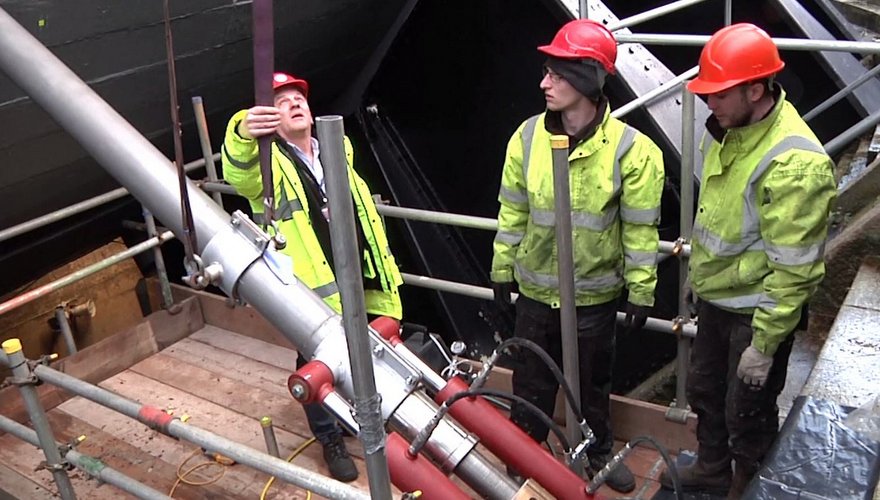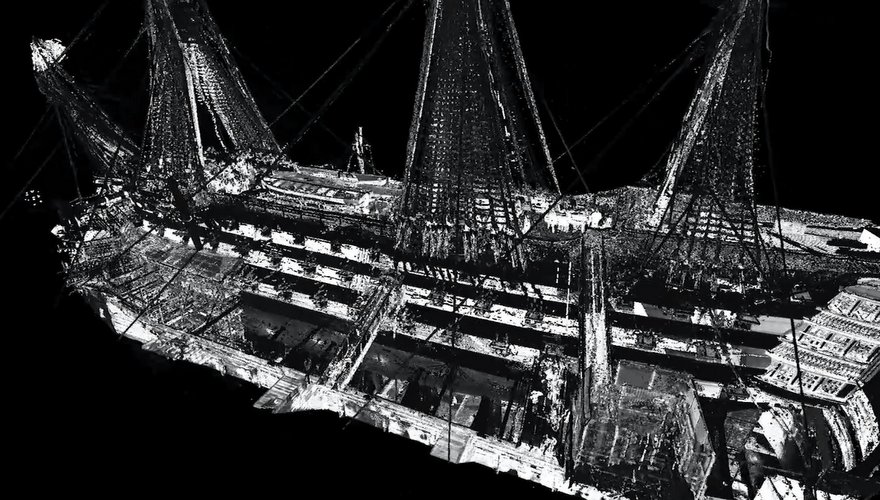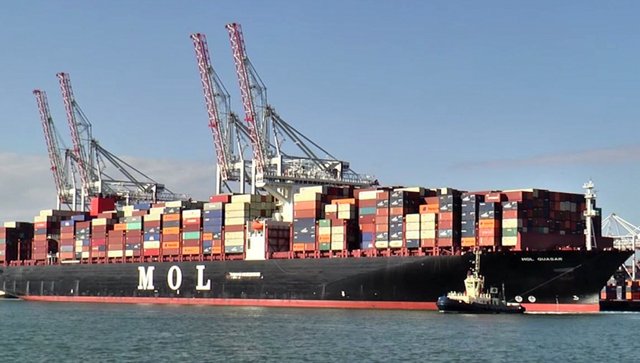A modest enough name, eh? But these guys ‘n gals really are leaders of the pack when it comes to taking care of historic ships. First they sorted out HMS Alliance, a classic Royal Navy submarine from the pre-nuclear era at the submarine museum in Gosport. Then ML got a bit more room to work when they helped make the big-gun monitor HMS M33 anew, in time for the centenary of the Gallipoli campaign – in which she served. Now they’re hard at work with HMS Victory, delivering and helping to test the new props that will support her so much more effectively. And in their spare time..? Well, the ironclad battleship HMS Warrior, also moored in Portsmouth, needs some TLC, especially on her wooden bulwarks. Go on board her – it’s so worth it – and you’ll find ML there too. Sorted!
ML UK






